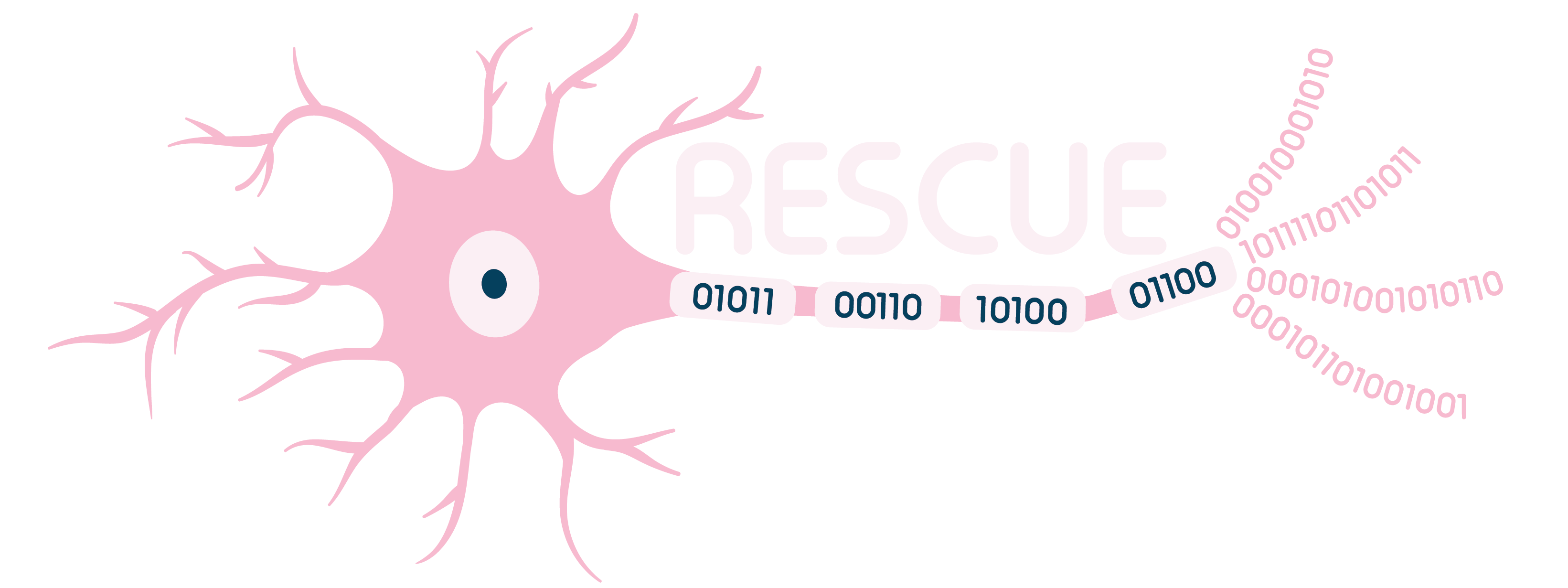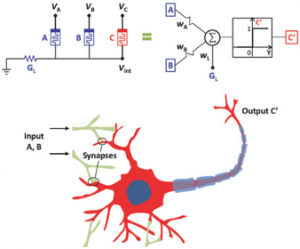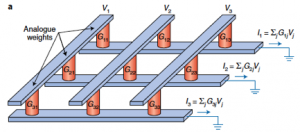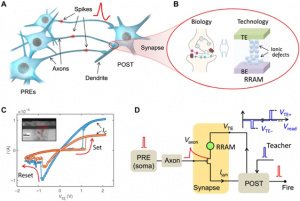Digital computing with memory devices
Conventional digital computers are plagued by the memory wall, where most of the time during processing time is actually spent waiting for input data to come from the memory, or output results to go back to the memory. To solve this issue, we are developing a new class of in-memory computing circuits to complete digital Boolean operations in resistive memory devices, also known as memristors. the computation is done directly in situ within the memory device, similar to the brain where there is no physical distinction between memory and processing elements. The materials, devices, and circuits for in-memory logic must be carefully engineered and optimized for minimum time and energy consumption. Another key challenge is the implementation of complex logic functions, such as XOR, majority, etc., in just one device and one clock step.
Interested in this project? Please check our publication online.
Analogue computing with memory devices
Big data analytics and machine learning require extensive matrix multiplication, addition and inversion, for which the conventional digital computers are not well designed. To overcome the limits of digital computers, novel in-memory analogue computing schemes are being developed to compute algebraic operations of large matrices with high parallelism directly in the memory. We are developing new analogue circuits to solve complex algebra problems within the memory in just one step. The new concept is extremely promising for a wide range of applications in big data and artificial intelligence. Our devices can store analogue data and perform analogue computation of large matrices without iterations. We are currently extending the analogue algebra computing to machine learning and data analytics, which might enable a quantum leap in energy efficiency and computing time for next generation cloud computing.
Interested in this project? Please check our publication online.
Neuromorphic computing with memory devices
Artificial intelligence has made a huge progress in the last 10 years, mostly thanks to the revival in deep learning and the computing power of modern GPUs. However, deep learning requires supervision and extensive computing energy and time for training the network. To achieve brain-like cognitive computation functions, including learning, adaptability, abstraction and decision making, unsupervised spiking networks are essential. Also, circuit scaling to very high density and capability requires that conventional bulky components, such as transistors and capacitors, are replaced with nanoscale devices with unique physical properties.
In this scenario, we are developing novel neuromorphic circuits capable of unsupervised, associative learning and the ability of pattern recognition, error correction, and sequence prediction. In our spiking neural networks, we use hybrid synapses which combines CMOS devices and novel resistive memories for a compact representation of network weights. Both volatile and nonvolatile memory devices are used for short-term and long-term memory similar to the human brain. Our spiking networks can learn multiple static/dynamic patterns and spatio-temporal sequences with no supervision. The development of spiking neural networks with brain-like cognitive computing ability will pave the way for the development of autonomous agents (robots, cars, drones, etc.) capable of learning, navigation, and decision making.
Interested in this project? Please check our publication online.




